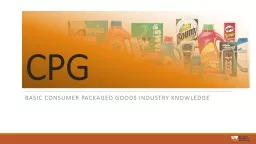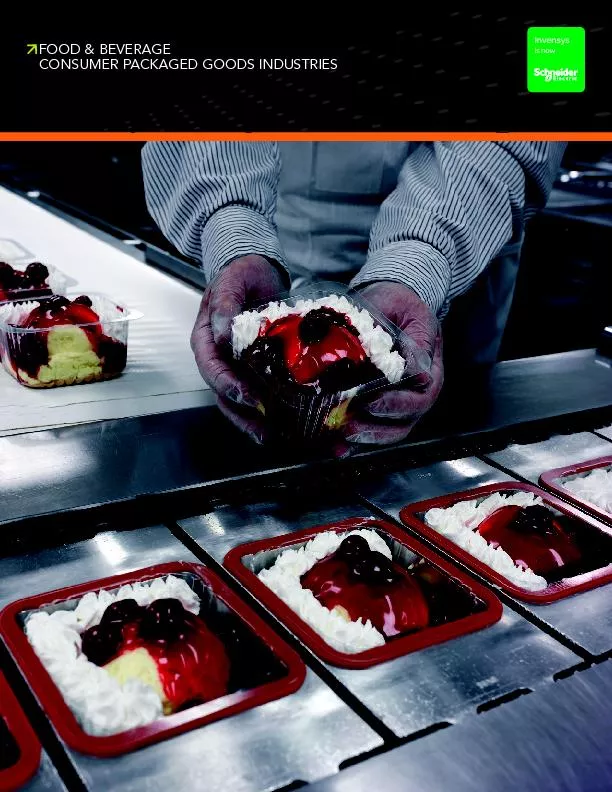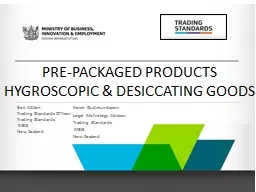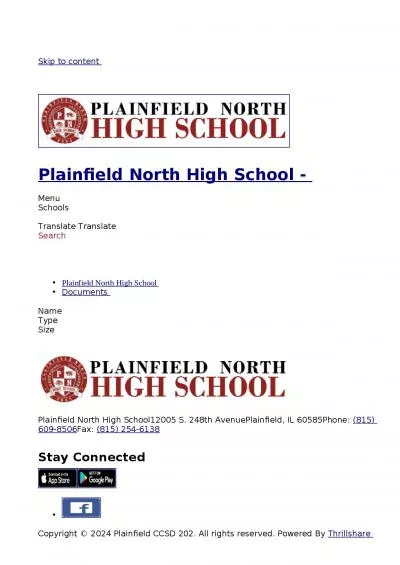PPT-Basic Consumer Packaged Goods Industry Knowledge
Author : faustina-dinatale | Published Date : 2016-06-15
CPG The Current State of Affairs Consumers and Shoppers are Feeling pressed for TIME Feeling squeezed on their FINANCES Retailers and Suppliers Need to INNOVATE
Presentation Embed Code
Download Presentation
Download Presentation The PPT/PDF document "Basic Consumer Packaged Goods Industry K..." is the property of its rightful owner. Permission is granted to download and print the materials on this website for personal, non-commercial use only, and to display it on your personal computer provided you do not modify the materials and that you retain all copyright notices contained in the materials. By downloading content from our website, you accept the terms of this agreement.
Basic Consumer Packaged Goods Industry Knowledge: Transcript
Download Rules Of Document
"Basic Consumer Packaged Goods Industry Knowledge"The content belongs to its owner. You may download and print it for personal use, without modification, and keep all copyright notices. By downloading, you agree to these terms.
Related Documents














